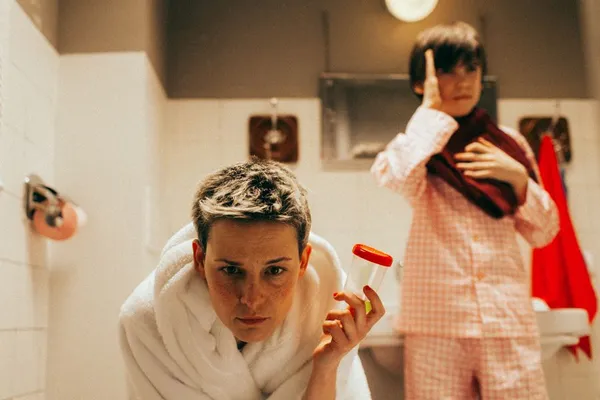 |
| Kuba Czekaj: 'We know that the son, for the mother, is maybe like a girl because she doesn't recognise that he is becoming a young man' Photo: Lukasz Bak |
AW: From your short films Don't Be Afraid Of The Dark Room, Twist and Blood and your feature Erlprince, it seems you're interested in children and adolescent transition as a filmmaker.
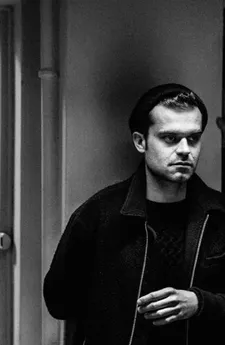 |
| Kuba Czekaj: 'We made this film with wonderful people, like a family' Photo: Courtesy of Sala Web |
AW: The whole movie is shot from the child's perspective in that everything is very inflated and deliberately juvenile. His obsessions become incredibly amplified, the soundscape you use is amplified, all the subtitles are amped up. Can you talk about why you decided to do it that way?
KC:We had an idea to make a film like a comic book, that was what we wanted the film to look like. Also, all of the shots are iconography because everyone is standing watching the camera. We are also trying to build a situation where the border between [what's real and imagined] is blurred.
AW: The way you were using the subtitles is also very childlike.
KC:It's part of our style, so that the film can look like a comic book. These things were obvious for us to do and playing with it.
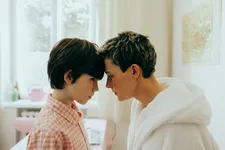 |
| Kacper Olszewski and Agnieszka Podsiadlik in Baby Bump Photo: Lukasz Bak |
KC:We are dealing with all these colours. As we know, pink is the received colour for girls and blue is for boys and in our movie, the pink colour is the colour of the boy at home - and the mother has a blue dress. And we know that the son, for the mother, is maybe like a girl because she doesn't recognise that he is becoming a young man. His own costume when he's out of the house is very related to the way he feels about himself - he would like to be a shadow, so he's almost black and he has a very specific hoodies and coat. He's hiding in this costume all of the time when he's outside.
AW: How hard is it to do this sort of movie on a tight budget. Because you're mixing different media, you've got animation with the mouse. How hard was it to do that?
KC:For me, there was a few things. The first was to be very straightforward with ideas about how we can do it and the second thing was the people. We made this film with wonderful people, like a family. Nobody made it for the money, but rather for the journey in cinema.
It is at this point that co-producer Agata Szymanska joins the conversation
AS: We were in the middle of the post-production period when we realised we probably needed to add some new people who could help us with the effort. So, from the early beginning we didn't know how many people we would need. During this period we realised that we really had to concentrate on post-production and small efforts like the translation on the screen and subtitling effects. We could not do that but we realised the power of this film would be when we finished it. We could have omitted it but we hired more people so that it looked like it is now.
KC: The power of this film is the power of these people, without them, we couldn't have made it.
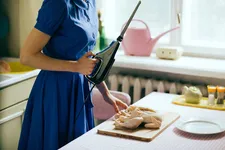 |
| Kuba Czekaj: 'We had an idea to make a film like a comic book, that was what we wanted the film to look like' Photo: Lukasz Bak |
I did some research because I was trying to catch the realistic dialogue.
AW: When you're working with young actors and you've built trust with them, as you say, that must help.
KC:I also give them some freedom. We have a few rehearsals and sometimes I don't fix things so sometimes things change. I like when the kid's character brings out something from the inside. For example, when we were looking for the main character, the first idea was to find a boy with large, protruding ears - and it was impossible. We saw a few guys with those sorts of ears but they werent't good for us. Then we saw Kacper, who doesn't have those sort of ears, so we helped him in make-up. How the main character looked was very important because he doesn't speak too much at the beginning mostly, so his face was very important for building the Mickey House character.
AW: His inner voice speaks in English - why did you pick that?
KC:It's two reasons. I was trying to find a solution for something new inside him because this voice is kind of himself but it is a new version of him and a new way of thinking. For me, it was important that this voice should be strange. Also, because of the mix of languages is much more popular, not just in Poland.
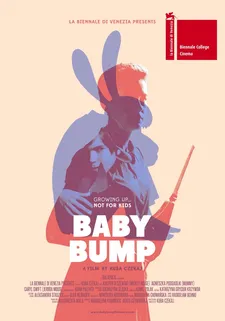 |
| Baby Bump poster |





















